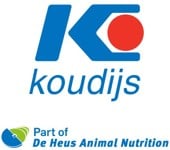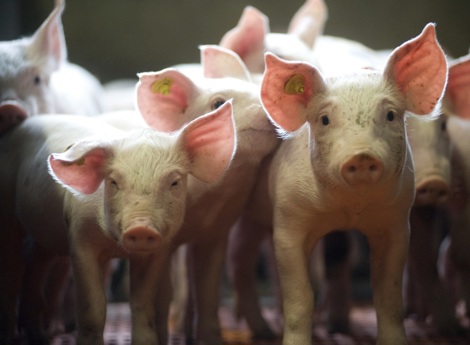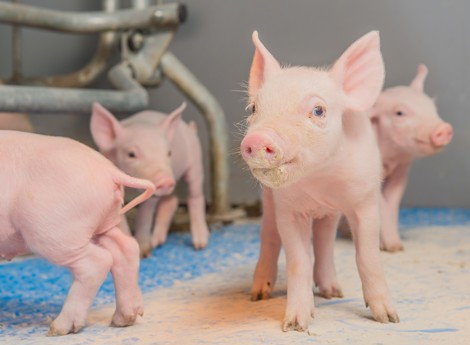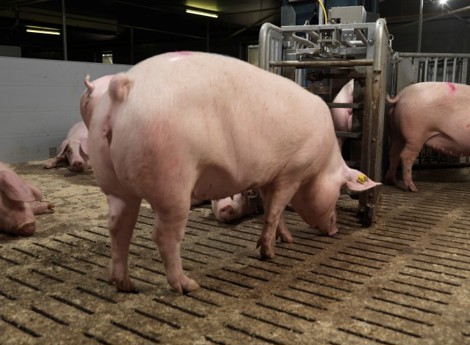Handling fats and oils for better pigs
In the Koudijs vision for pig(let) feed, fat plays an important role. The (right) fats are easily digestible for piglets and, compared to starch, reduce the risk of bacterial overgrowth. In this article, we present some general information about points to consider. More detailed knowledge is available for further discussion.

Fats
Fats are esters of three fatty acids and the alcohol glycerol, categorised according to the number and bonding of the carbon atoms in the aliphatic chain and in the length of the chain.
Saturated and unsaturated
Saturated fats have no double bonds between the carbons in the chain. Unsaturated fats have one or more double bonded carbons in the chain. These double bonded carbons create lower cohesion between the molecules, making the fat more flexible/fluid and easier to digest.
Short, middle, long chain and free fatty acids
Free fatty acids, direct energy source Fatty acids which are not bonded to a glycerol are free fatty acids. These can be directly transported via the lymph system to the liver used as an energy source for the body e.g. for the brain, gut, etc. Short, middle, long chain fatty acids Short chain fats have a totally different effect compared to long chain fats, e.g. butyric acid (C4:0) can affect villi growth and lauric acid (C12:0) can influence the bacteria flora. Short chain fats also play an important role because they act as fuel for the mitochondria which play a vital role with regard to the energy supply of the intestine. The effect of MCFAs (C6-C12) on the bacteria flora is well known. When MCFAs are absorbed in the intestine, the fatty acids can be directly synthesised by the liver (Fig. 1). Long chain fatty acids (C16-C18) must be transformed by muscle and lipid cells into a chylomicron remnant before they can be synthesised by the liver (Fig. 1).
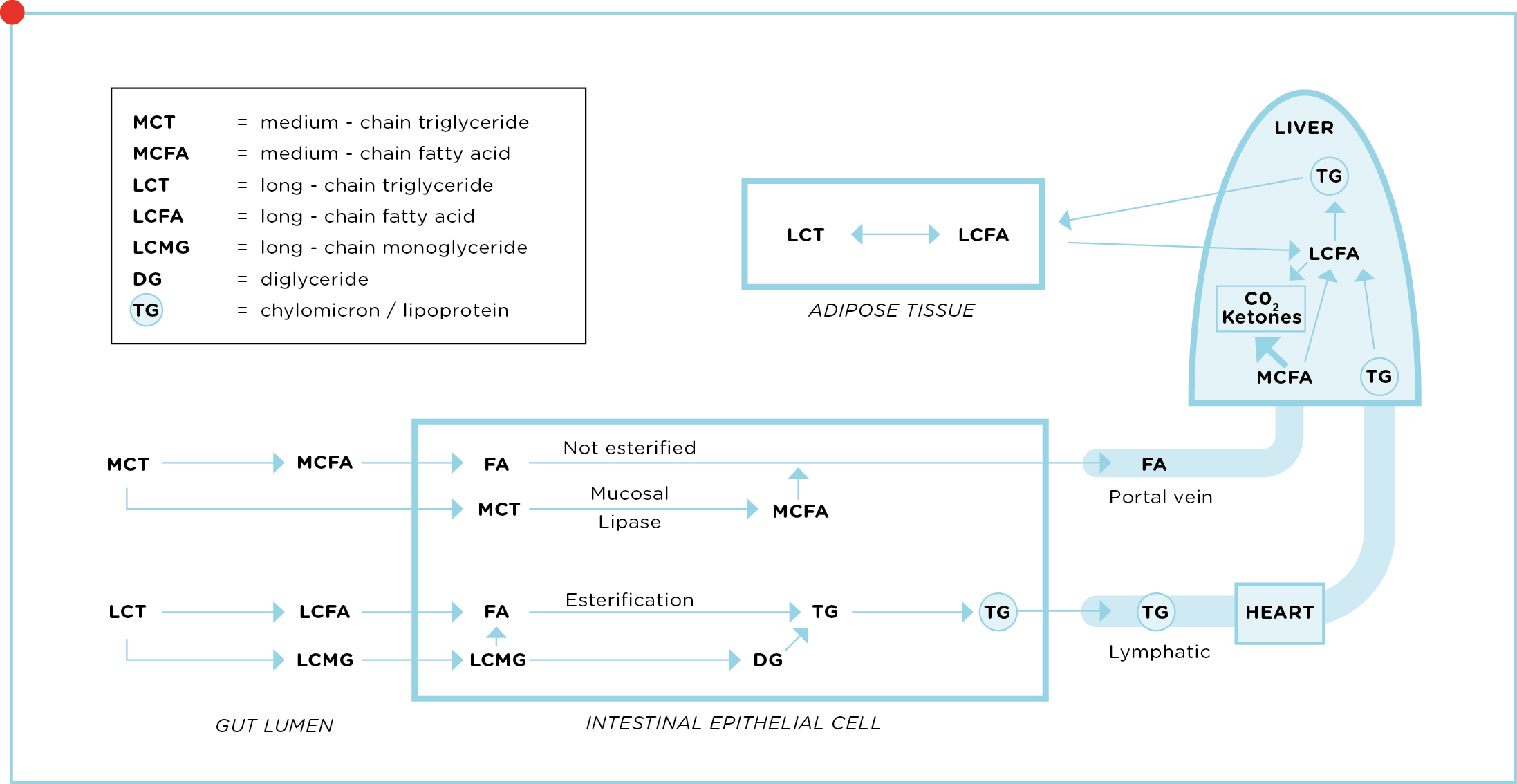
Fig 1. Metabolism of medium- and long-chain triglycerides and fatty acids by intestine, liver and adipose tissue. Abrbreviations are defined within the figure. In contrast to LCT, MCT are more rapidly digested, and the resulting MCFA are more rapidly absorbed via portal circulation tahn the corresponding LCFA which are re-esterified and packaged into chylomicrons for lymphatic absorption. Furthermore, MCFA are predominently oxidized, whereas LCFA may be directly deposited into adipose triglyceride stores. (Adapted from Greenberger and Skillman 1969.)
Peroxidation: Lower growth, higher FCR
Feeding peroxidised lipids significantly reduces growth rate, feed intake and gain efficiency (Animal Feed and Technology 231 (2017). Fat can become rancid through hydrolysis and oxidation. When fats are hydrolysed into short chain aldehydes and ketones, the taste and odour are objectionable. Lipid peroxidation is a complex process (Fig. 2) which is affected by several factors, including:
- Degree of saturation
- Temperature
- Presence of oxygen
- Transition metals (e.g. Cu and Fe)
- Etc.
Influencing factors peroxidation
Storage
With hydrolisation, the sensitivity for oxidation also increases. This is another reason to empty and clean fat silos, which is not always common practice.
Antioxidants
Correct antioxidants and quantities are necessary to avoid rancidity; control of suppliers and the documents often lead to interesting news.
Control of peroxidation
Peroxidation control can be divided into indicative and predictive tests:
- Indicative tests:
Indicative tests measure specific chemical (related) compounds present at the time of sampling.There is a wide range of indicative tests with various pros and cons. See Fig. 3.
– Predictive tests:
Predictive tests evaluate the ability of a lipid to withstand peroxidation when exposed to standardised, accelerated conditions to induce peroxidation.

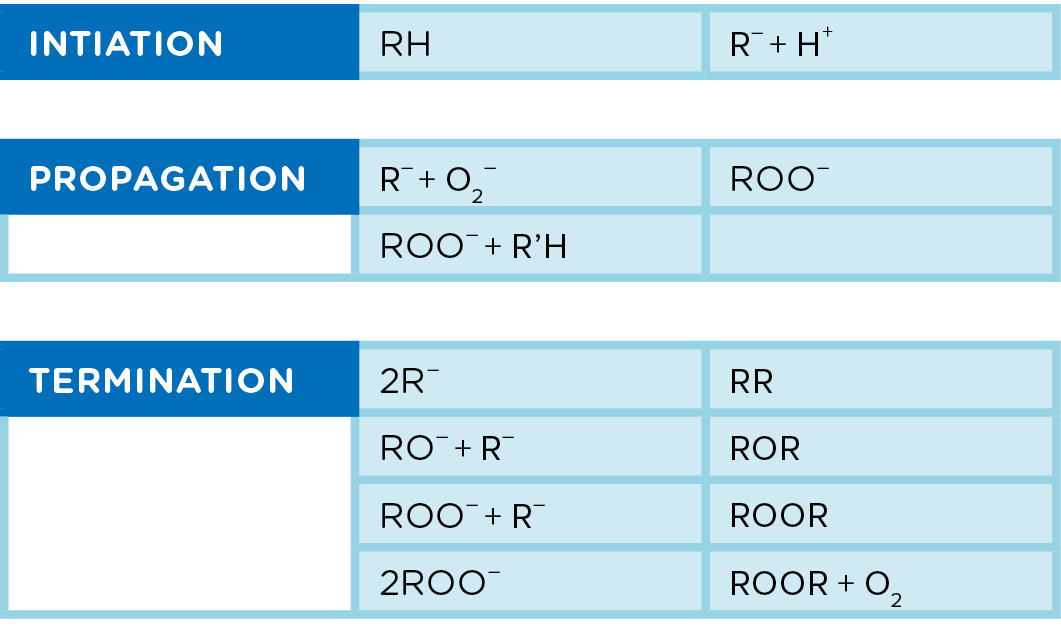
Fig. 3 Simultaneous production and degradation of various peroxidation products occurs during the peroxidation process over time Journal of Animal Science and Biotechnology 2015 6:10
When do you choose which fat?
Fat plays an important role in pig feed and has several functions, including:
- Nutrition (energy)
- Taste (Fig. 5)
- Health (e.g. Omega 3, MCFA effect etc.)
- Feed production (pellet quality.)
- Besides the nutritional choices (see e.g. Fig. 4), other factors play a role such as: refined / unrefined (taste)
- Rancidity
- Storage
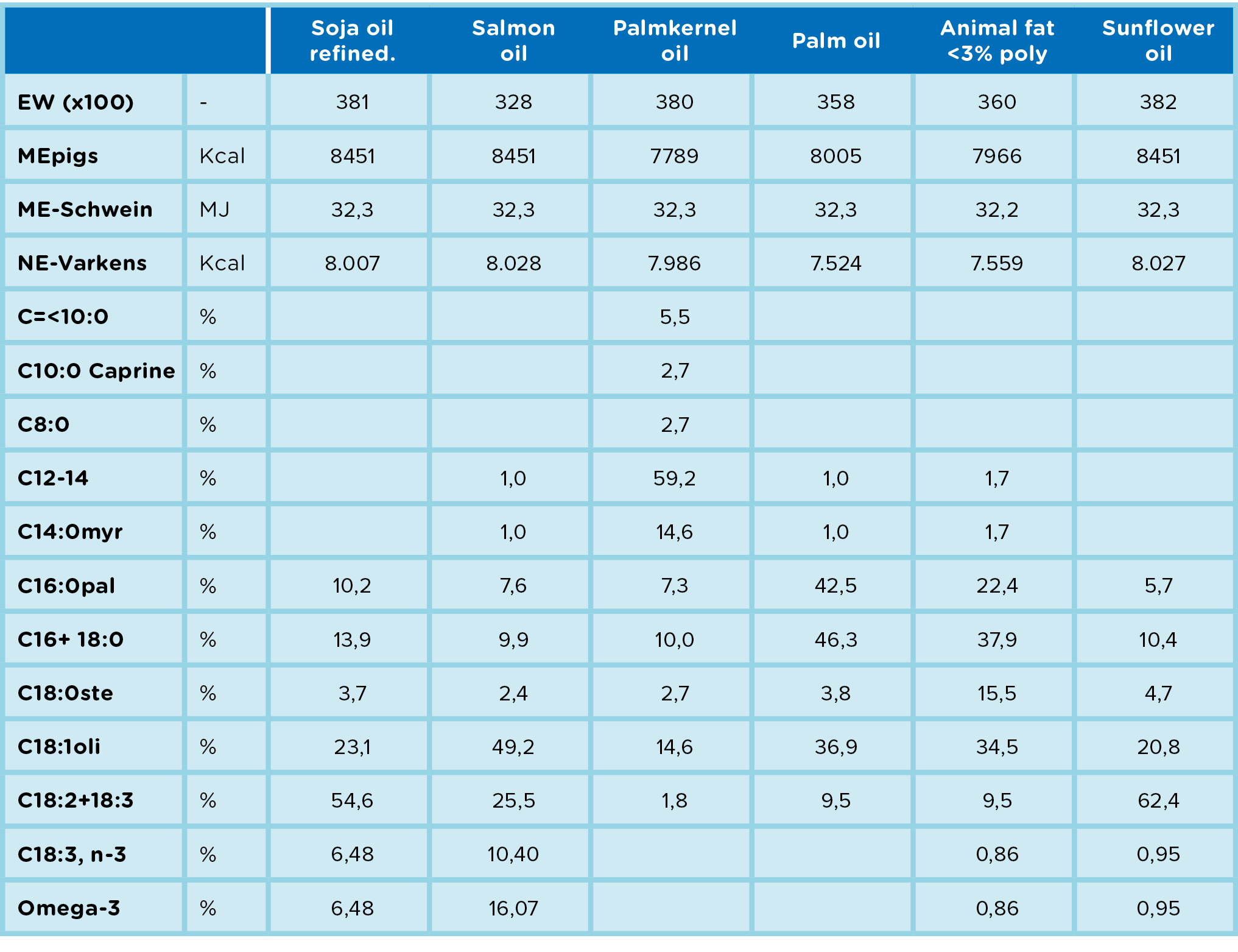
Fig. 4: Choice of fat source partly due to nutritional differences.
Nutritional choices
Many fats have very specific characteristics. In pig feed, for example, Koudijs uses fats as an energy source and for their specific effect. For example, palm kernel oil affects the bacteria flora, salmon oil has an impact on the immune system and soya oil influences taste.
Refined oil
Koudijs only uses refined oils because these have a big influence on taste (Fig. 5) and for the sedimentation in unrefined products which influences the homogeneity of feed production between batches.
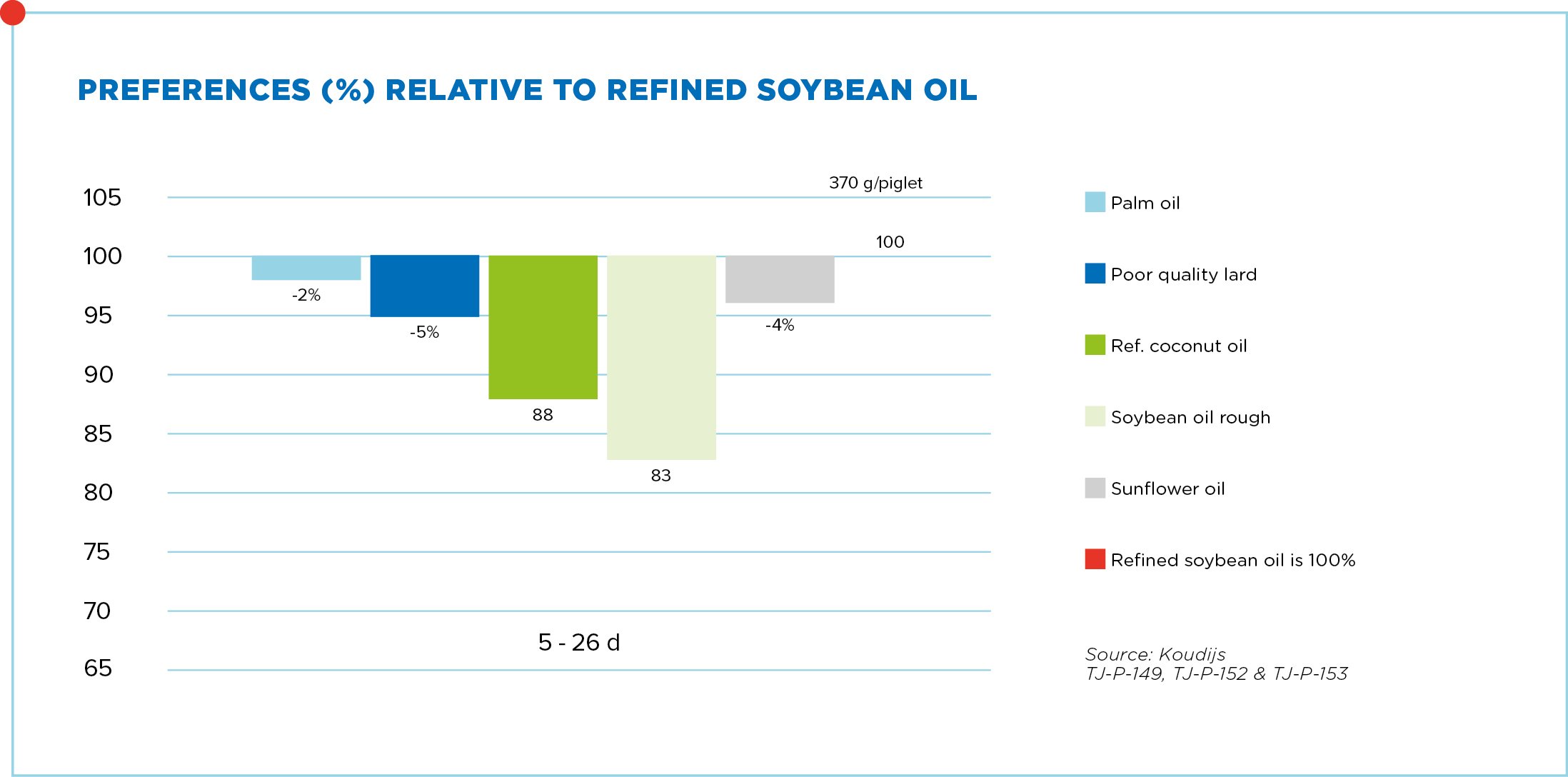
Advice
- Base your choices on the different specific mode of actions.
- Be aware of the big influence on taste (positive and negative).
- Ensure clean storage and take care when using antioxidants.
- Control peroxidation by smell, peroxide level and quantity of free fatty acids.
- More questions? Feel free to discuss!
